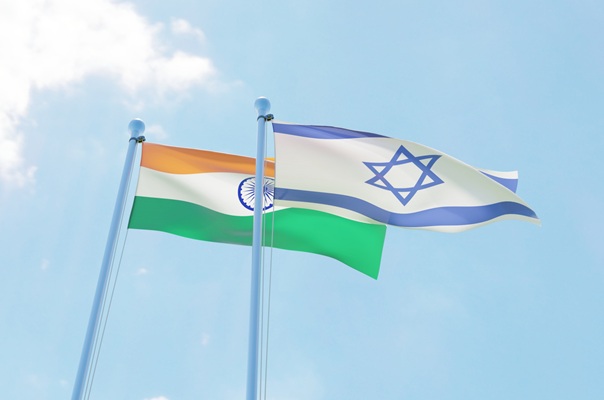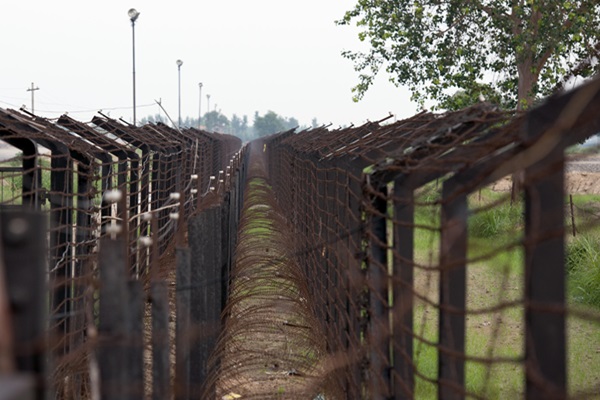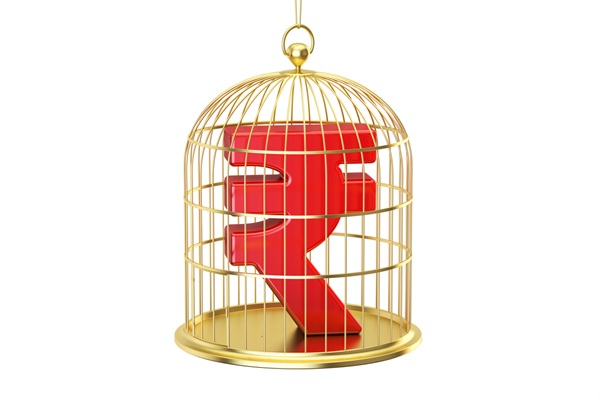.png)

Ajay Srivastava, founder of Global Trade Research Initiative, is an ex-Indian Trade Service officer with expertise in WTO and FTA negotiations.
November 24, 2025 at 10:13 AM IST
India has launched a fresh push to deepen economic ties with Israel by reviving negotiations for a long-pending Free Trade Agreement.
New Delhi and Jerusalem first opened FTA talks in 2010, held several rounds through 2012–13, and then allowed the process to drift after 2014 as both sides struggled over tariffs, standards and access for sensitive products. After nearly a decade of inactivity, the effort has been re-energised following a series of high-level exchanges in 2024–25, the two governments have finalized new Terms of Reference to relaunch negotiations.
Commerce Minister Piyush Goyal, after a November 20–22 visit to Israel, said both sides may adopt a two-phase approach—concluding an initial package focused on tariff reductions for goods, before moving to a broader agreement covering investment and cooperation in technology transfer, defence, space, agri-tech, cyber security, AI, fintech, R&D, innovation and drip-irrigation systems.
The trade base, however, remains small. India–Israel merchandise trade stood at $3.6 billion in 2024-25.
- India exported $2.1 billion in goods, led by cut and polished diamonds ($555 million), rice ($102 million), organic chemicals ($96 million), ceramic tiles ($81 million) and aircraft parts ($54 million).
- Imports from Israel reached $1.5 billion, dominated by diamonds ($333 million), electronics ($350 million) including integrated circuits ($117 million) and electronic components ($66 million), as well as fertilizers ($135 million), insecticides ($63 million) and machinery ($91 million).
GTRI notes that even with an FTA, the scale of goods trade is unlikely to grow sharply. Israel is a high-income, technology-driven market of under 10 million people, limiting demand for Indian mass-market exports such as textiles, automobiles or general engineering goods. In sectors where India is competitive—agriculture, generics, steel, chemicals—Israel is either self-sufficient, tightly regulated through quality and phytosanitary norms, or already offers tariff preferences to partners like the EU and U.S. This keeps Indian products at a structural disadvantage. As a result, commerce remains concentrated in a few niche categories such as diamonds, rice and ceramic tiles.
For both countries, therefore, the value of the renewed FTA effort lies less in merchandise trade and more in strategic cooperation—in defence manufacturing, electronics, semiconductors, water and irrigation technology, precision agriculture, cybersecurity and frontier R&D. That is where the economic relationship is expected to deepen, regardless of the modest size of the goods market.




